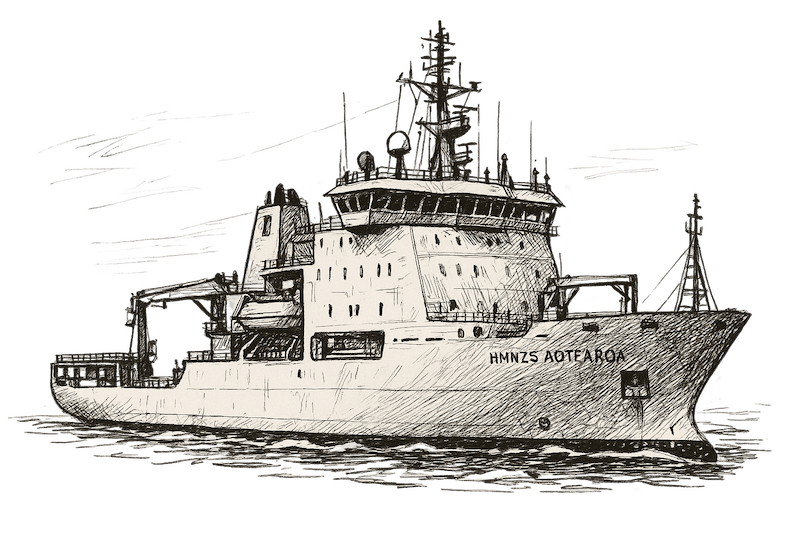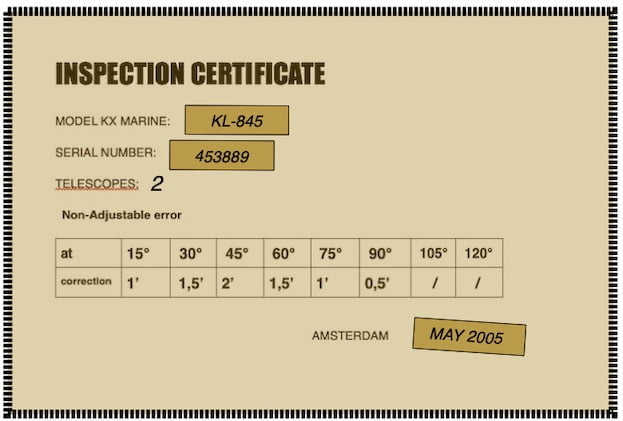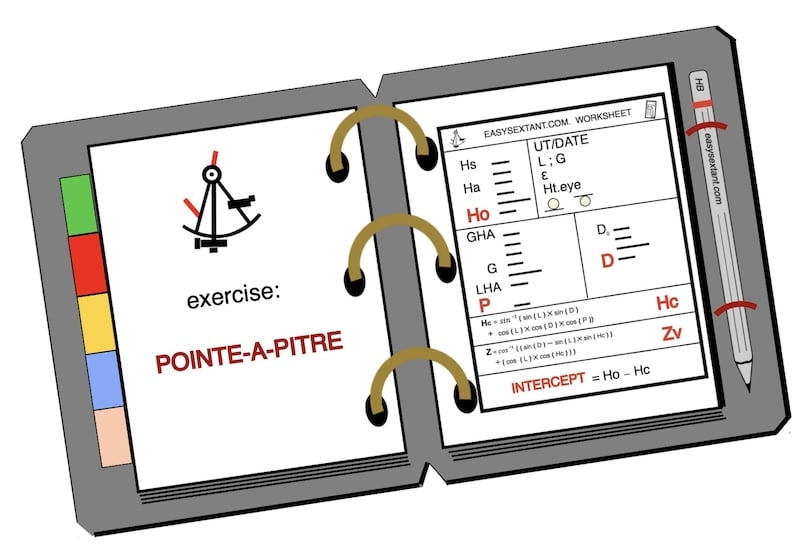Enjoy exploring this page featuring celestial sun navigation and he tropics, which are part of one of the eight identical exercises you should resolve.

However, tackle the exercise on this page only after completing the foundational La Rochelle exercise.

Celestial Sun Navigation and the tropics: Sun North or South at noon ?
Overall, in tropical regions, the sun’s position at local apparent noon can vary between being in the north or the south depending on the time of year, the latitude, and the sun’s declination.
Remember, the Sun’s declination cannot exceed 23.44° north or south.

In the Northern Hemisphere, at a latitude higher than 23.44° N, the Sun will always be seen in the southern part of the sky.
In the Southern Hemisphere, at a latitude higher than 23.44° S, the Sun will always be seen in the northern part of the sky.
Furthermore, we compare the observer’s latitude to different values of the sun’s declination in the tropics.

Two examples in the tropics of the Northern Hemisphere:
Latitude observer = 13° North
Declination = 19° North
– Sun in the North
Latitude observer = 5° North
Declination = 6° South
– Sun in the South
Then, two examples in the hemisphere South:
Latitude observer = 13° South
Declination = 19° N
-Sun in the North
Latitude observer = 5° South
Declination = 17° South
-Sun in the South
In practice, when taking a sun sight, you will see on your compass whether you are facing the sun in the north or in the south.
While, this page focuses on the Point à Pitre exercise, you can find the others on the Celestial Course page.

Firstly, on this page Pointe-à-Pitre you will find all the sextant sun sight observations required after taking a sun sight at sea off the coast of Pointe-à-Pitre.

Celestial Sun Navigation and the tropics: Pointe-à-Pitre:
Celestial Sun Navigation and the tropics: Pointe-à-Pitre:


print/download PDF worksheet or copy by hand
First part of the spreadsheet of the sun sight observations

Firstly, start manually completing the red entries on this page.

lower limb
Celestial Sun Navigation and the tropics:
Time UT and Date

DAY = Monday; DATE = 26/09/2022; UT Time = 13:54:01


eye height

Latitude (L) :
16°34′ North
Longitude (G) :
059°25′ West
daily page

Also this daily page has been downloaded on the nauticalalmanac.it website with the kind permission of its author Capt.Roberto Iori
Celestial Sun Navigation and the tropics:

Celestial Sun Navigation and the tropics
Celestial Sun Navigation and the tropics: The sea around Pointe-à-Pitre (Guadeloupe)
Indeed, the sea around Guadeloupe, a French Caribbean archipelago, is part of the Caribbean Sea.
Also, the region boasts turquoise waters, coral reefs, and a rich marine biodiversity. In fact, Guadeloupe is surrounded by the Atlantic Ocean on the eastern side and the Caribbean Sea on the western side.
Furthermore, the Caribbean Sea, known for its warm temperatures and vibrant coral ecosystems, contributes to Guadeloupe’s appeal as a popular tourist destination.
Therefore, the marine life includes colorful coral formations, tropical fish, and endangered sea turtles.
Hence, Guadeloupe’s waters offer opportunities for snorkeling, scuba diving, and water sports. However, the area faces environmental challenges, including coral bleaching and the impact of climate change on sea life.
Moreover, conservation efforts aim to protect and sustain the delicate balance of the marine ecosystem around Guadeloupe.
